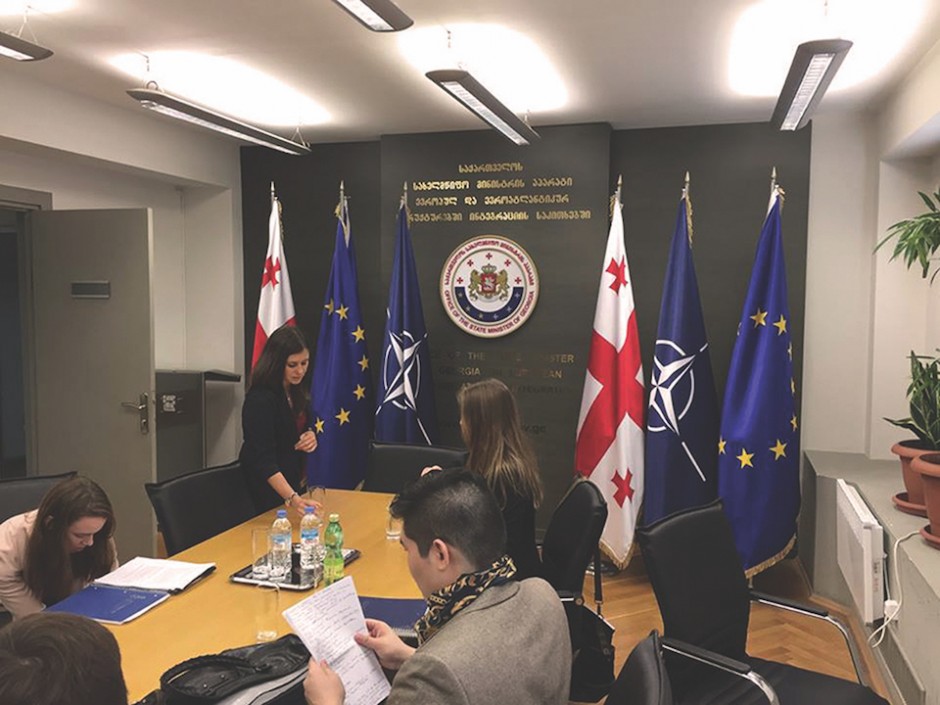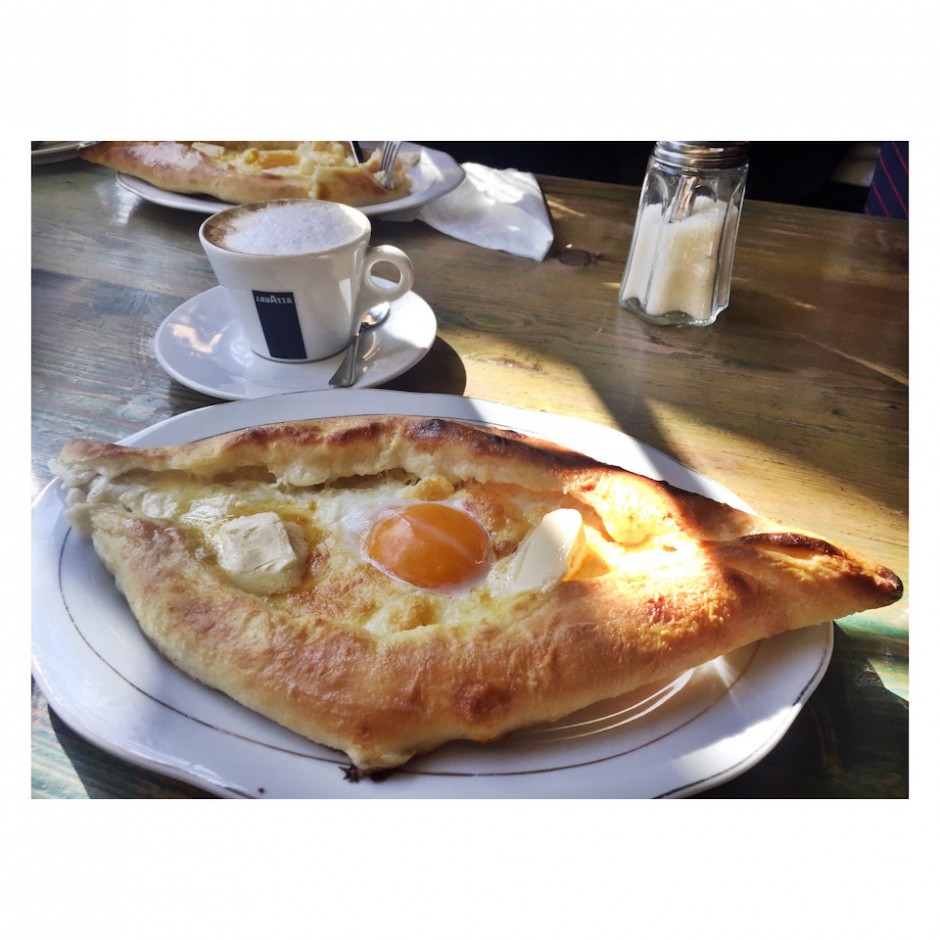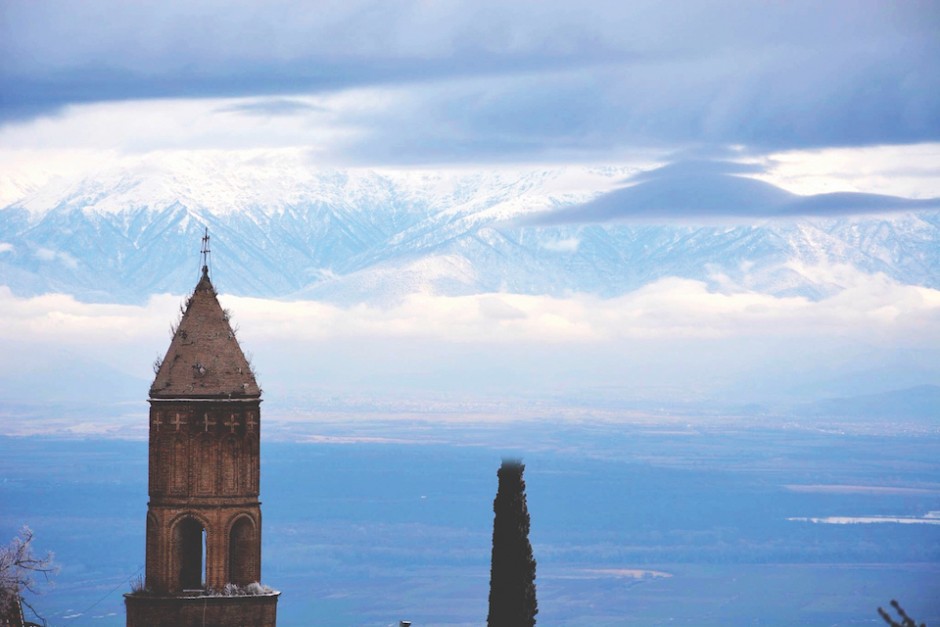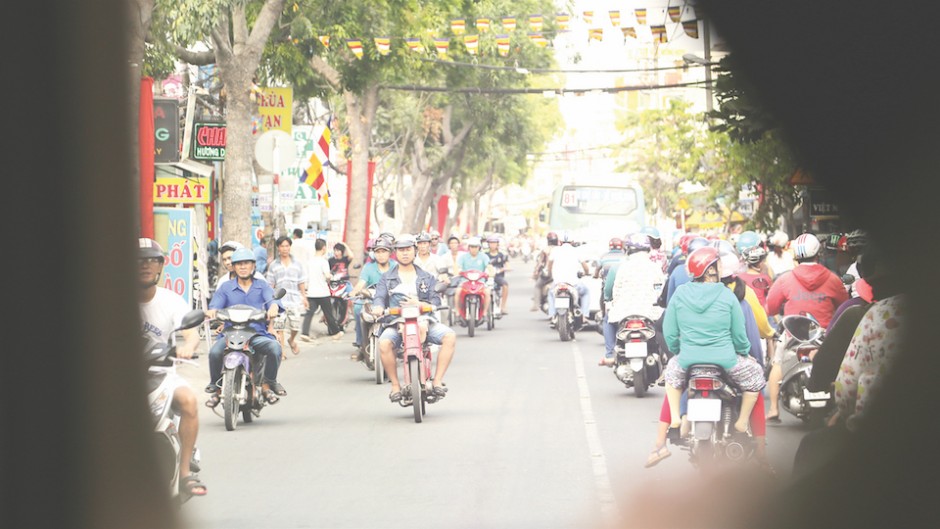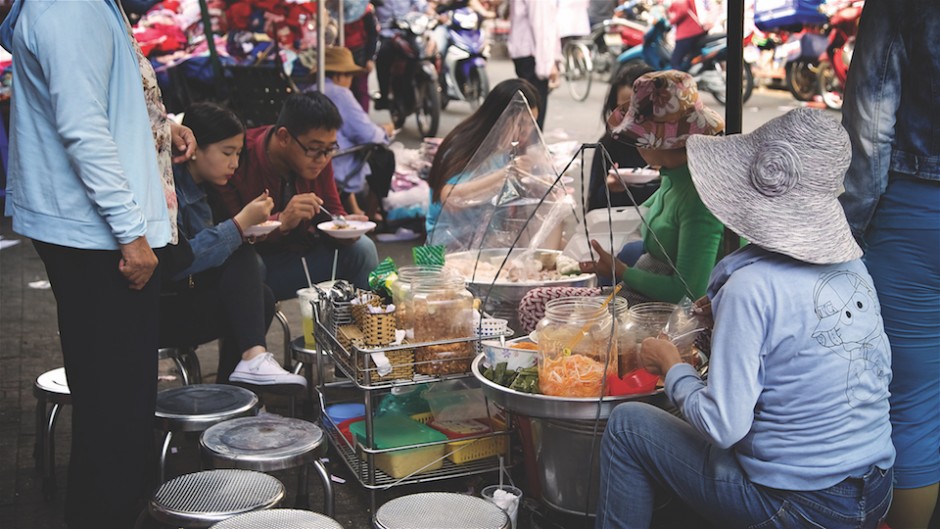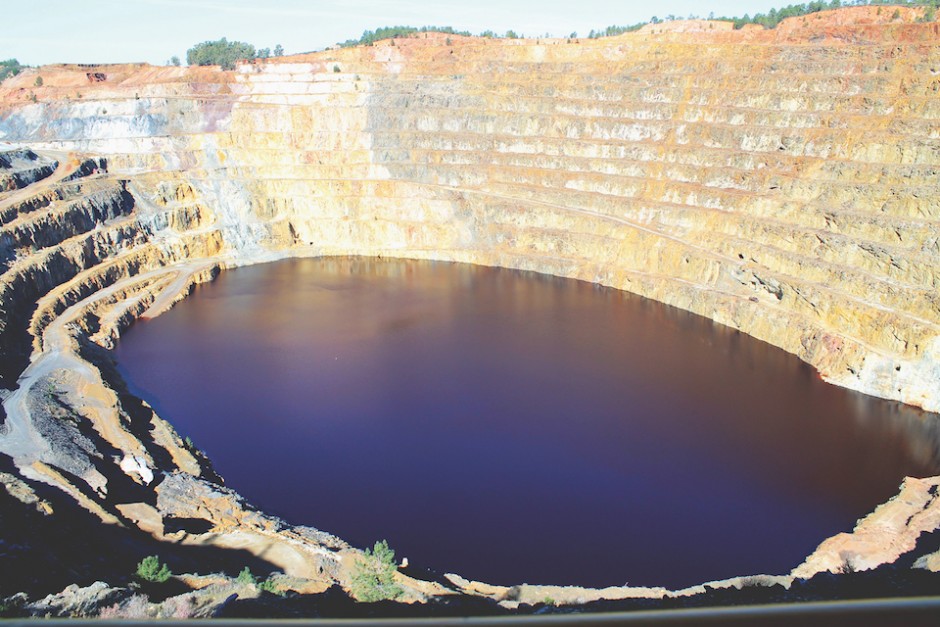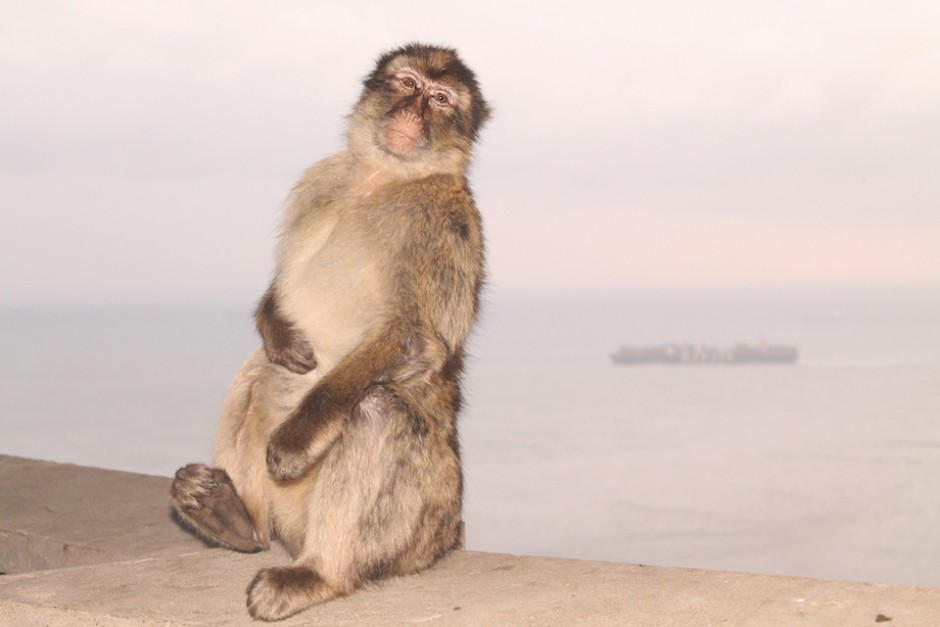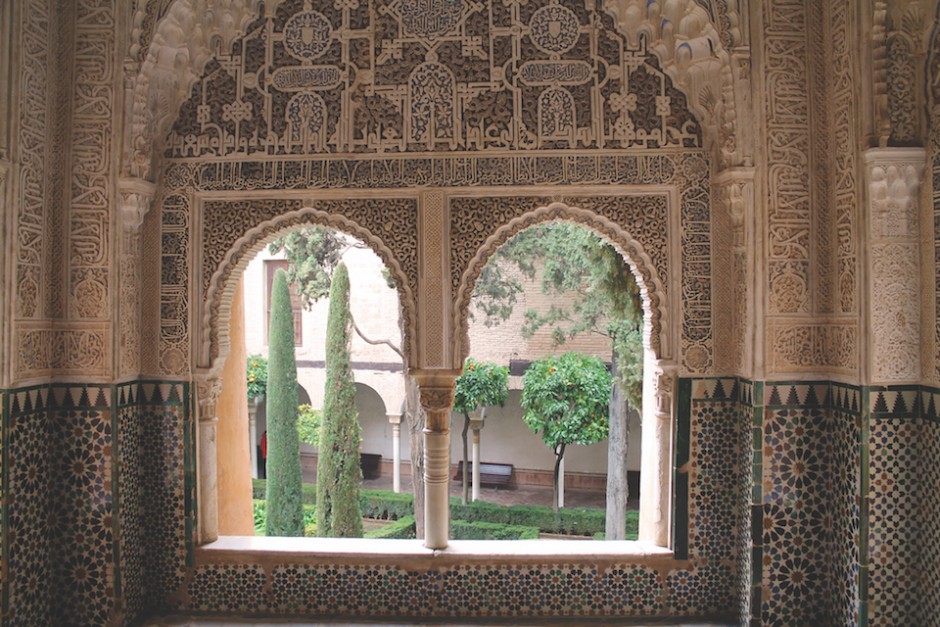[dropcap]T[/dropcap]HE toil of an undergraduate arts and science student is often defined by long hours researching one paper or another. It is a task that usually involves more Boolean terms than legwork and more citation of works than genuine academic engagement.
Sometimes, though, academia becomes the catalyst for discovery. Undergraduate students take up this perspective in a variety of ways: they gather anthropological data within the vibrant neighbourhoods of Toronto; they propose and execute scientific experiments; or they gather in forums to collaborate and develop fresh perspectives on important issues.
Academia sometimes involves being in a certain place at a certain time to observe and interpret one’s surroundings. The following is a photo essay that demonstrates the heart of observation, from the perspectives of three student groups, who visited new places over reading week in February.
Tbilisi, Georgia
Nine students travelled to Tbilisi, Georgia as part of the International Course Module program for POL359: Enlarging Europe: The European Union & Its Applicants. They conducted fieldwork related to EU-Georgia cooperation.
Photos and text by Alex Hempel, Jona Malile, Courtney Hallink, and Jeffery Chen
We arrived 45 minutes early to our first meeting at the Delegation of the European Union to Georgia. After a short walk through the charming streets of Tbilisi, we met with Carlo Natale, deputy head of delegation, who spoke to us about EU-Georgia cooperation.
The experience served to provide a foundation of understanding about Georgia. Although we each had our own research focus, the group meetings gave us a broader perspective on topics we would not have otherwise developed.
Whether they focused on the breakaway regions, strengthening democracy, or complying with the acquis communautaire, each of the meetings imparted insight into a topic of central importance to the country.
Like many parts of the world, Georgian cultural identity is strongly tied to its food, and we picked up the local etiquette quickly. Khachapuri is a staple of Georgian cuisine that can be served at breakfast, lunch, and dinner. Khinkali is a Georgian type of dumpling meant to be eaten with bare hands only; the top of the dumpling, where the pleats of dough are gathered is called the kudi (meaning ‘hat’), was to be left uneaten.
Wine is a deeply-ingrained part of Georgian culture; the world’s vineyards first took root in Georgian soil, where they are active still.
At Sighnaghi, an ancient monastery town in the foothills of the Caucasus mountains, we sampled six different types of grapes. The food is also grown locally, and the produce is always rich in natural flavours.
Ho Chi Minh City and Da Nang, Vietnam
Nine students travelled to Ho Chi Minh City and Da Nang, Vietnam as part of the International Course Module program for contemporary Asian studies. They conducted fieldwork related to Asian urbanisms.
Photos by Timothy Tse, and text by Sarah Tan
Landing in Ho Chi Minh City brought the content of our program to life, as it allowed us to apply theories and concepts studied in class to real situations. Our research topics covered a wide variety of urban themes, ranging from youth culture to migration. We quickly discovered the difference between learning about, and actually bearing witness to real life phenomena.
For example, we all knew about the history of French colonialism in Vietnam, but knowledge became reality when standing inside of the French-built central post office. French architecture, that can be found throughout the city, combines with national elements that adorn public spaces, such as portraits of Ho Chi Minh which are likely to hang in conspicuous locations.
The rush of motorbikes — which set the pulse of the city — and a perceptible lack of cars, created a completely different kind of urban experience than we were used to in Toronto, which was the exact purpose of our research excursion. A major part of our research centered around interviewing individuals in the city, some of whom had been displaced and resettled. By doing so, we learned how to improvise interview questions, and we began to relate to people with whom we often did not share a common language.
Vietnamese students volunteered to guide us through the cities and to help interpret for us. Often, they would stop and ask any person that happened to be around for directions. Lines of communication even between strangers always seemed to be open.
For many of the nine students who went to Vietnam, this marked our first time conducting independent field research overseas. Having been exposed to the practice of field research in Vietnam, some participants left inspired to think about conducting similar research independently in the future.
South of Spain
20 students travelled to the south of Spain, as part of the International Course Module program for earth sciences. They conducted field research related to earth processes and the geological history of Andalusia.
Photos and text by Leah Ritcey-Thorpe
The giant mines near the Rio Tinto river are carved out of Huelva’s landscape, which expose rich coloured rocks of red, yellow and grey. The mining area has an ancient history spanning back 4500 years; its first significant extraction was performed by the Romans, who left waste rubble that remains visible to this day.
Our group was given a tour of a mine, that is part of a 230 kilometre Iberian Pyrite belt, which contains sulphur, iron, and copper. The pit had terraced walls filled with red waters. The view from the edge of the pit gave the illusion of a martian landscape.
One of our last stops took place across the border, in an isolated British territory known as Gibraltar. Through the busy and narrow streets, our vans drove to reach the isthmus on which the infamous monolithic Rock of Gibraltar sits — an impressive limestone shelf reaching a maximum elevation of 426 metres. The rock’s strata are turned upside down, meaning that the material of the summit is much older than that of the base.
Over 100 fissures and caves are carved into the rock of Gibraltar, some of which existed since Neanderthal life. Due to the makeup of the rock, and the presence of calcite, the limestone cliffs dissolve in rainwater which forms numerous caves that attract tourists.
One of the largest attractions is the population of barbary macaques located on the upper rock. The monkeys are quite crafty, often interacting with the tourists and climbing on the cars. As our group can attest, those who value their personal belongings should not open their windows in close proximity to a barbary macaque. They are, however, quite photogenic.
Built during the ninth century, and subsequently renovated a few centuries later, Alhambra palace stands as one of Spain’s most magnificent structures. The palace is of Moorish architecture, and its interior reflects the geometric artwork of the Islamic culture. Intricate patterning and mocárabe ornamental designs dominate the walls.
Comares hall was the official residence of the king. Lavishly decorated open windows illuminate the inner halls of the Palace and provide a truly surreal experience for those inside. The detail in which the Alhambra was constructed is a testament to Islamic architecture, and it has cemented itself in Spain’s history.


